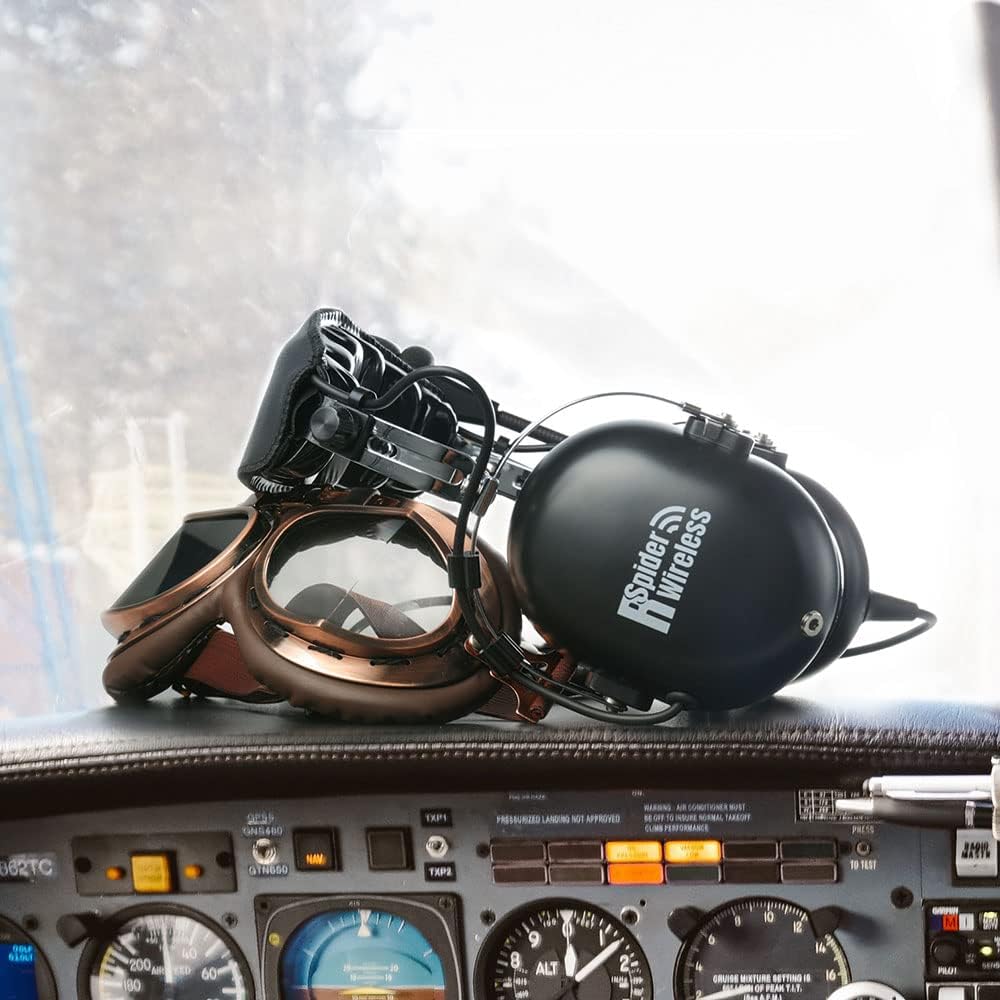
How to Extend the Life of Your Aviation Headsets: A Professional Maintenance Guide
Share
Aviation headsets are essential equipment for pilots and aviation professionals, and their performance stability directly impacts flight safety and communication quality. This article provides a comprehensive aviation headset maintenance program, covering daily usage habits to professional maintenance techniques, to help significantly extend your equipment's service life.
Correct Wearing Methods
-Wear the headset by holding its frame with both hands, avoiding direct pulling on cables
-Adjust headband length with even force, avoiding excessive stretching
-Maintain microphone boom bend angle within 30-45 degrees
Usage Environment Management
-Avoid prolonged use in extreme temperatures (below -20℃ or above 50℃)
-Perform timely drying after use in high humidity environments
-Avoid storage in areas with strong electromagnetic interference
Deep Cleaning Process
-Detach removable components (ear cushions, windscreen, etc.)
-Use compressed air to remove internal dust
-Clean contact points with specialized electronic cleaner
-Air dry naturally before reassembly
Connection Component Care
-Monthly inspection of 3.5mm plug or aviation plug for oxidation
-Use electronic contact cleaner for connection points
-Regular inspection of cable connections for potential fractures
Electronic Component Maintenance
-Quarterly inspection of noise cancellation module operation
-Monitor battery performance changes (for wireless models)
-Professional circuit board dust removal (minimum annually)
Troubleshooting Guide
Issue 1: Decreased microphone sensitivity
-Check for windscreen blockage
-Clean microphone diaphragm
-Inspect circuit connections
Issue 2: Unilateral audio abnormality
-Check plug contact
-Test cable conductivity
-Inspect speaker unit
Issue 3: Weakened noise cancellation
-Check microphone array
-Update firmware
-Calibrate noise cancellation parameters
Critical Component Replacement Schedule
-Ear cushions: 800-1000 flight hours
-Microphone windscreen: 500 flight hours
-Cables: 3 years or when showing significant aging
-Battery (wireless models): 2 years or 300 cycles
Conclusion
Through scientific maintenance methods, high-quality aviation headsets can achieve a service life of 5-8 years. Remember, preventive maintenance costs are far lower than the risks posed by equipment failure. We recommend maintaining a personal maintenance log to record each service instance, which greatly contributes to extending equipment lifespan.